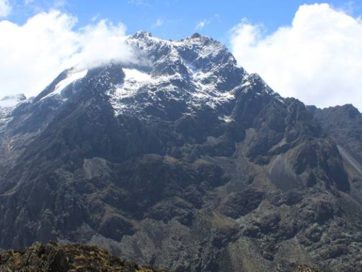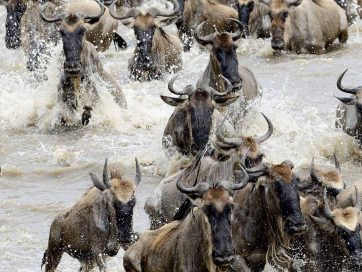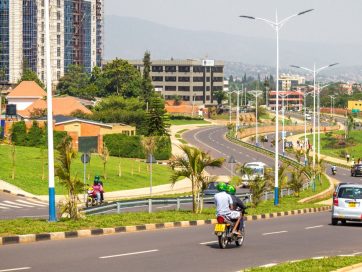Everything you need to know about Great Wildebeest Migration Tanzania and Kenya
The Great Wildebeest Migration is one of nature's most spectacular events, attracting wildlife lovers and adventurers from around the globe. This epic journey involves over 1.5 million wildebeests, accompanied by hundreds of thousands of zebras and gazelles, traversing the vast plains of Tanzania and Kenya in search of fresh grazing lands and water. The migration forms a continuous loop, with the herds moving between the Serengeti National Park in Tanzania and the Masai Mara National Reserve in Kenya.
Where to See the Great wildebeest migration Tanzania and Kenya?
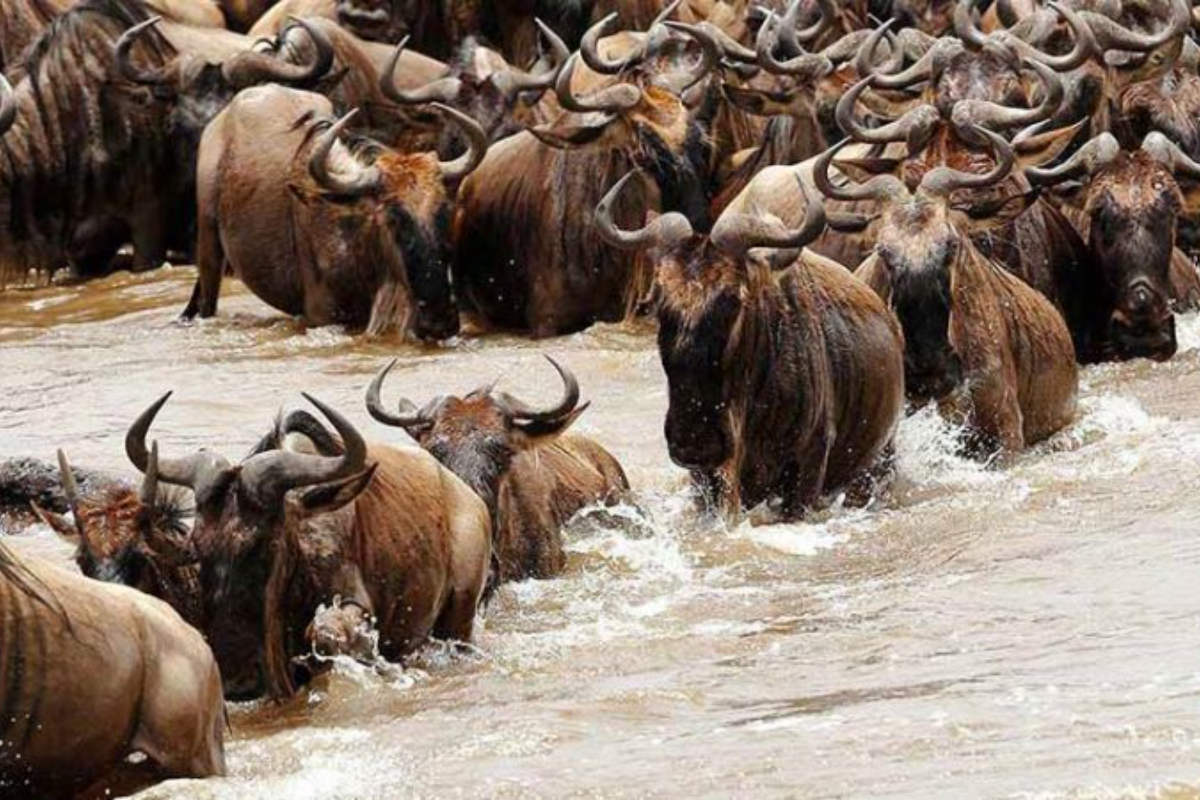
The Great Wildebeest Migration occurs across the vast landscapes of Tanzania and Kenya. In Tanzania, the migration primarily occurs in the Serengeti National Park, where the journey begins and ends from December to end. The Serengeti is renowned for its expansive plains and abundant wildlife, making it an ideal location to witness the migration. As the herds move north, they cross into Kenya's Masai Mara National Reserve. The Masai Mara is famous for its rich biodiversity and the dramatic river crossings, particularly at the Mara River, where thousands of wildebeests brave strong currents and lurking crocodiles. The Serengeti and the Masai Mara offer prime viewing opportunities for this natural spectacle.
Best Time to See Great wildebeest migration Tanzania and Kenya?
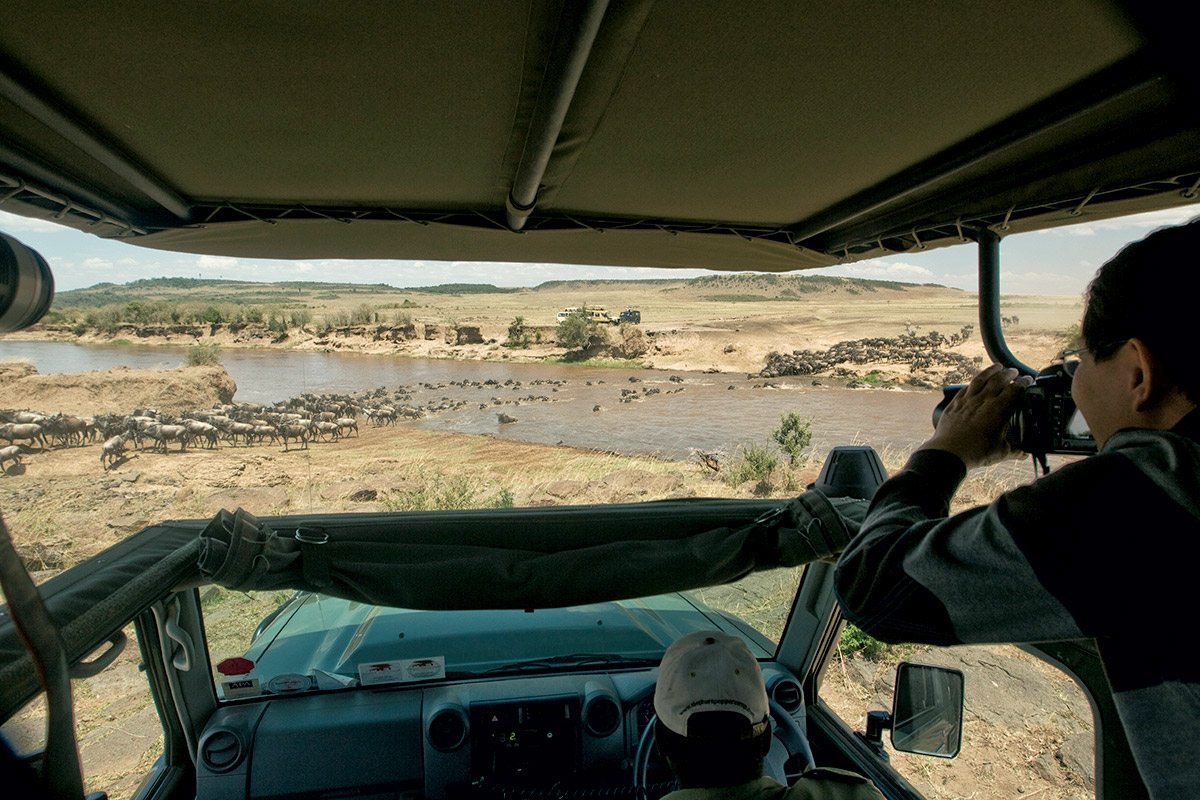
The best time to witness the Great Wildebeest Migration depends on which stage of the migration you want to see. From January to March, the herds are in the southern Serengeti for the calving season. The Grumeti River crossing occurs between May and July in the western Serengeti. From July to October, the herds move to Kenya's Masai Mara, where they cross the Mara River. The short rains in November signal the return journey south to the Serengeti, which continues until December. Each stage offers unique experiences, from the birth of wildebeest calves to perilous river crossings and large predator-prey interactions.
What Other Wild Animals to See During the Great Wildebeest Migration?
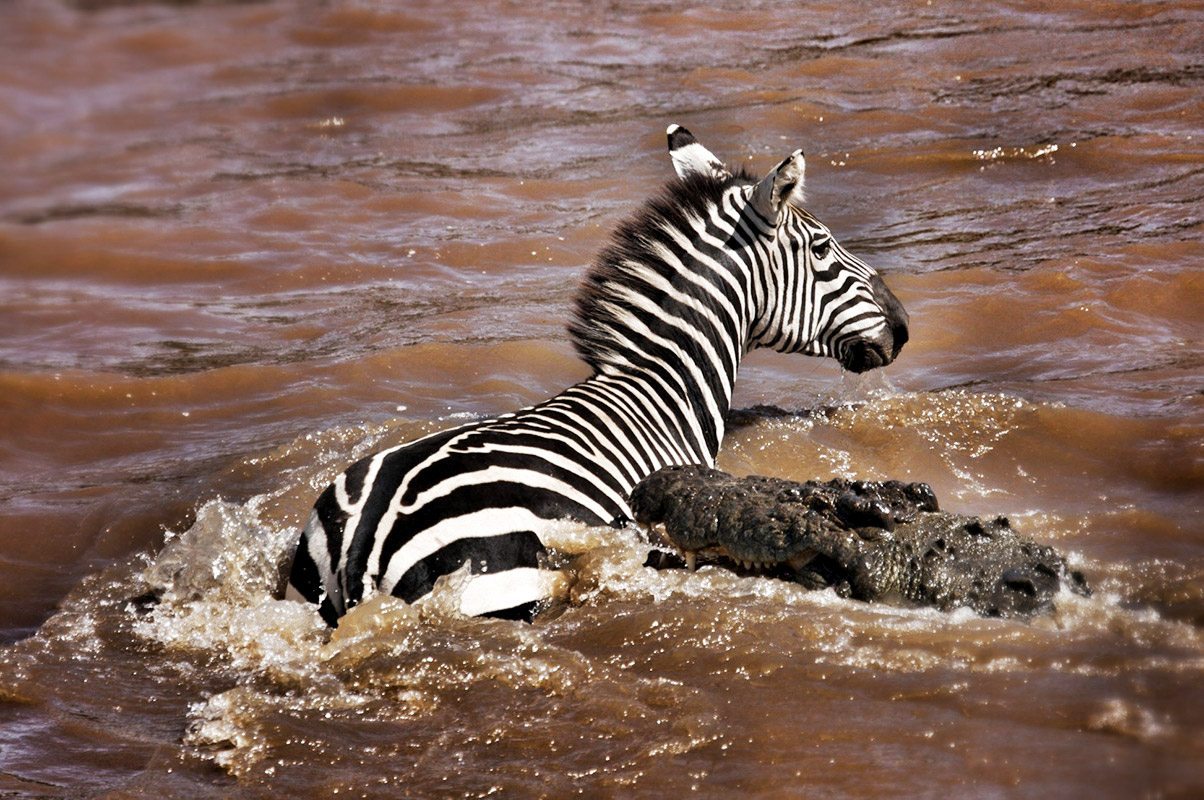
While the wildebeest are the stars of the Great Migration, you will also see a variety of other wildlife. Zebras and gazelles often travel with the wildebeest herds, creating a diverse and dynamic scene. Predators such as lions, cheetahs, and leopards follow the herds, taking advantage of the abundance of prey. Crocodiles lie in wait at river crossings, providing thrilling (and sometimes gruesome) spectacles. Elephants, giraffes, buffaloes, and numerous bird species can also be spotted along the migration route. This biodiversity makes the migration a prime opportunity to see a wide range of African wildlife in their natural habitat.
How Long Should the Great Wildebeest Migration Safari Be?
The length of a Great Wildebeest Migration safari depends on your interests and the specific stage of the migration you want to witness. A typical safari can range from a few days to two weeks. A shorter trip of 3-5 days can give you a glimpse of the migration, particularly if you're targeting a specific event like a river crossing. For a more comprehensive experience, a safari of 10-14 days allows you to follow the herds across multiple regions and witness various stages of migration. A longer trip also offers the chance to explore other attractions in Tanzania and Kenya, such as visiting Ngorongoro Crater or the Maasai villages.
How Much Does the Great Wildebeest Migration Safari Cost?
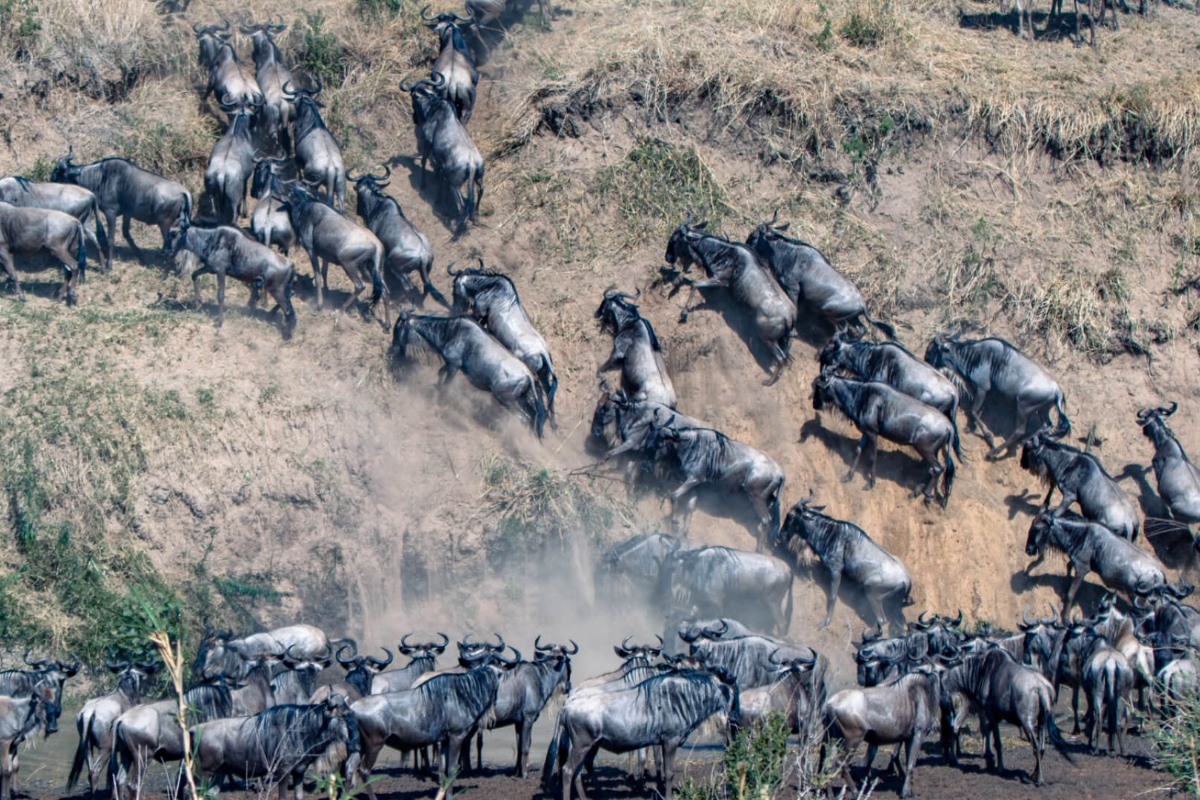
The cost of a Great Wildebeest Migration safari can vary widely based on factors such as the length of the trip, the level of accommodation, and the season. Budget safaris can start at around $200 per person per day, while mid-range options typically range from $400 to $600 per person per day. Luxury safaris, offering high-end lodges and personalized services, can cost $800 or more per person per day. Additional costs may include park fees, travel insurance, (flights for luxury option), and optional activities such as hot air balloon rides. It's essential to plan and budget accordingly to ensure a memorable and comfortable safari experience.
Can You Witness the Migration in Both Tanzania and Kenya?
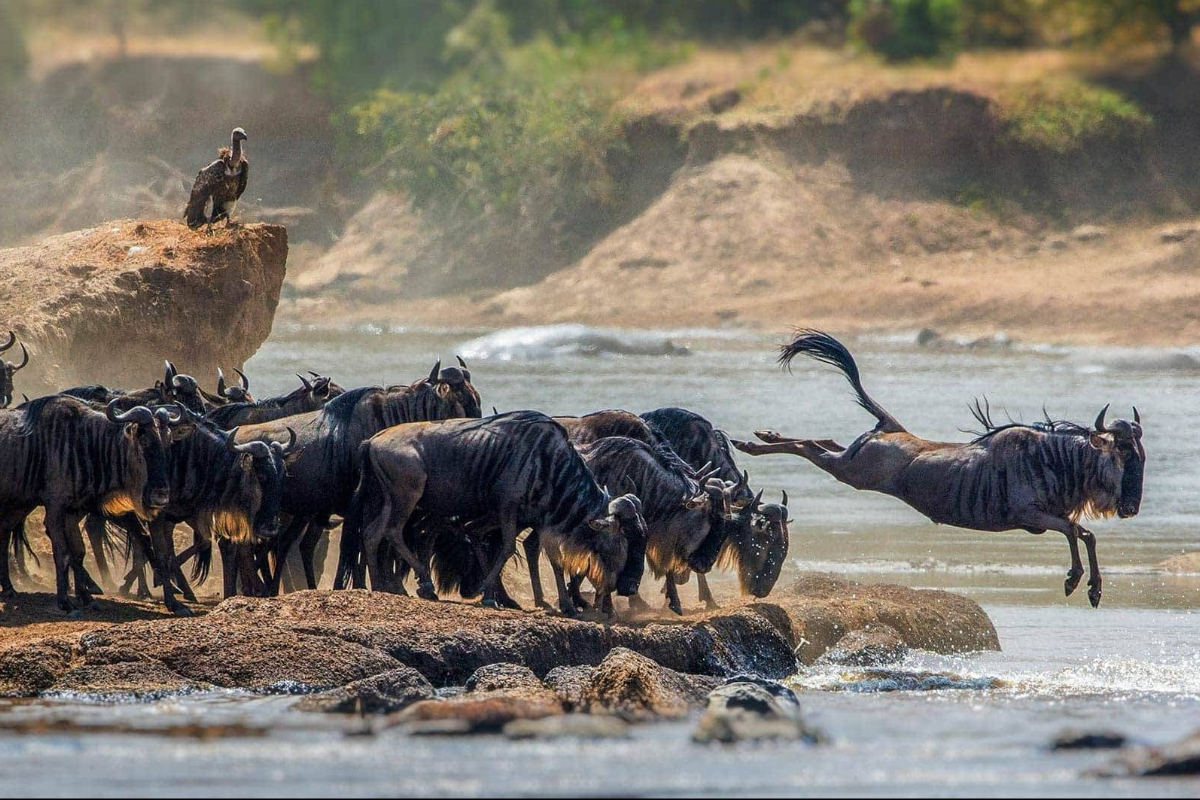
Yes, you can witness the Great Wildebeest Migration in both Tanzania and Kenya. The migration is a continuous loop, and the herds move between the Serengeti in Tanzania and the Masai Mara in Kenya. Depending on the time of year, you can plan your safari to follow the herds across the border. Mond safaris offer combined itineraries that include both countries, allowing you to experience different stages of the migration. This cross-border adventure provides a more comprehensive view of the migration and showcases the diverse landscapes and ecosystems of Tanzania and Kenya.
Planning your dream safari trip to see the Great wildebeest migration in Tanzania and Kenya? Contact us at +256-781-751-104 or email info@mondsafaris.com to start your adventure.

